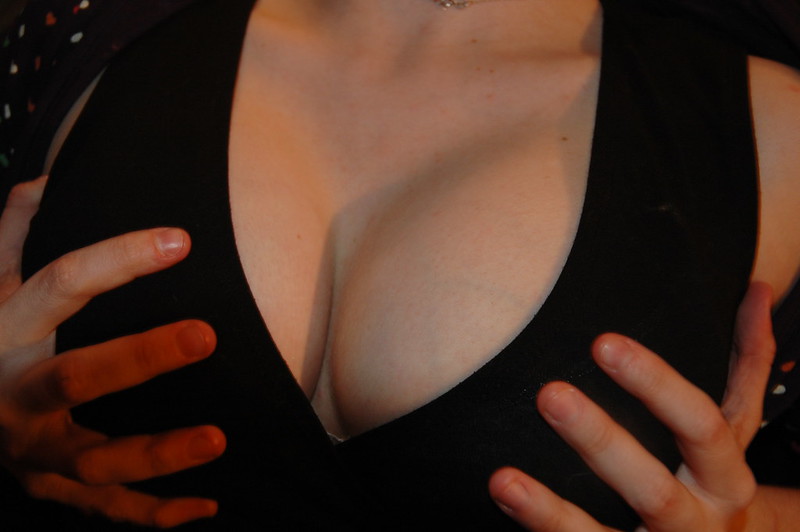Most people do not understand why anybody would need a breast reduction procedure. For years, most cultures have based the femininity of women on the size of their breasts. The procedures that enhance breasts have been on the rise as women seek to have bigger busts. This may have been a result of many celebrities having the procedure since the media depicted them as the perfect examples of femininity.
 Source: Flickr
Source: FlickrBreast reduction can be performed for many reasons. One of them is having abnormally heavy breasts. This is bad for the spine since it exerts too much pressure which can lead to complications. Other reasons could be that the person has a problem with the back or neck. If you are suffering from skin irritation due to pressure from heavy breasts then you should consider a breast reduction procedure.
Medical Supplies and Equipment
-
The procedure
Reduction Mammoplasty otherwise called breast reduction is conducted under general anesthesia and it takes 3 to 5 hours. Small corrections may be done with local anesthesia and you will spend at least one day in the hospital for observation. The healing process takes a short while. However, you are advised against strenuous activities as you heal.
-
The risks
There may be scarring after the procedure is done. It always leaves visible scars that vary from person to person. Therefore, some may disappear, while others stay for a while. You may also end up with breasts that do not look the same. If they both take a different healing tone, you may have un-even nipples or different-sized breasts. Some women could not breastfeed after surgery, however, this depends on the amount of reduction. Bleeding is also a risk factor, especially for anemic people. Some people also have allergic reactions to anesthesia after surgery.
-
What to expect after surgery
Most of the time, people wake up from surgery with an expectation of seeing the results and they forget the healing process. You wake up with gauze over your breasts. You also have a surgical bra that holds the breasts into place as they are wrapped in an elastic bandage. If your breasts have fluid, they may put a small tube to drahttps://articles4smallbusiness.com/lipo-surgeon/in the fluid, and then it is removed later as you heal.
Stitches are removed after 2 weeks if you are infection-free. You get pain reliever medication as well as skin ointment to help ease the healing process. The swelling and redness goes away in time. The scarring may last for a long time but it fades away.
